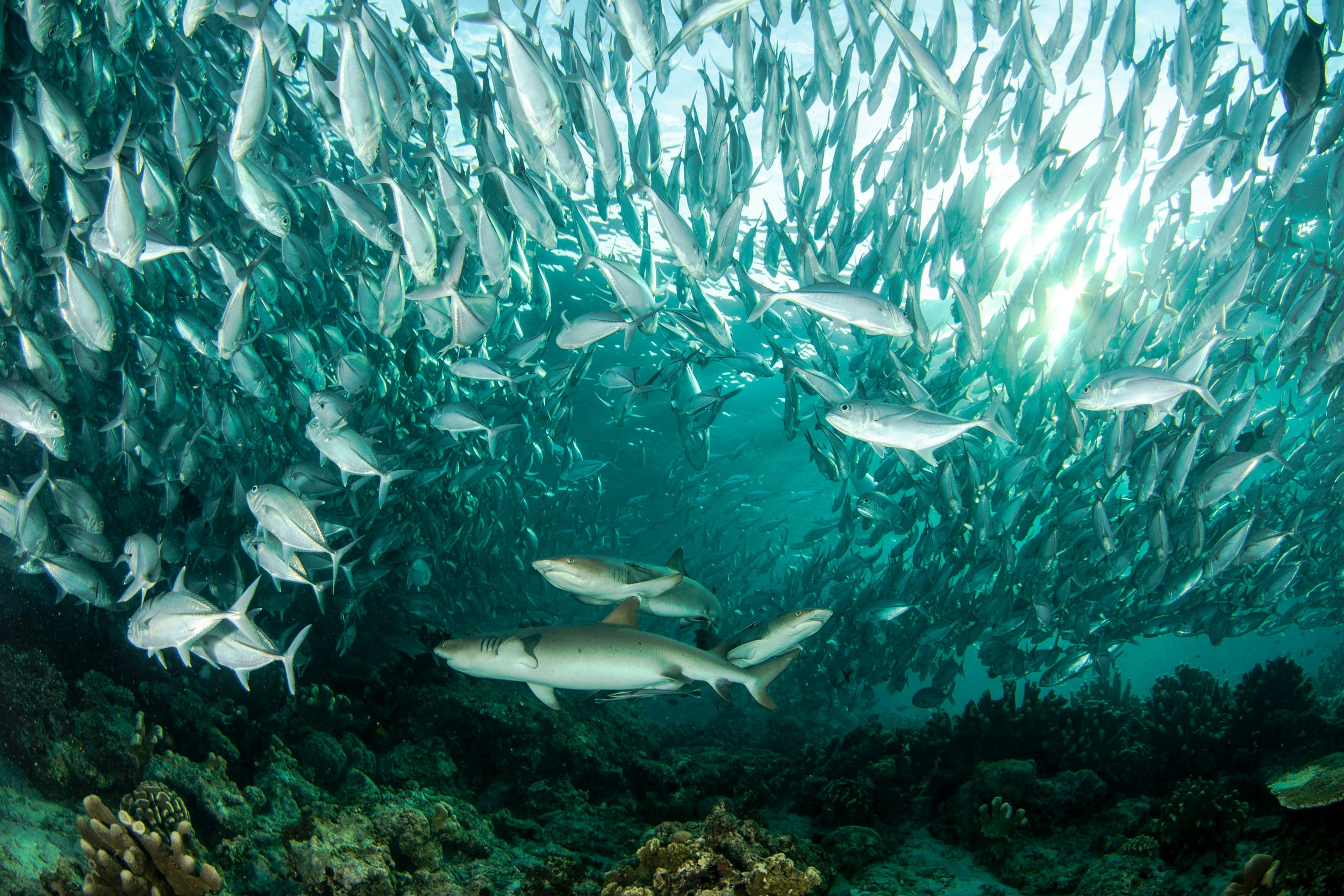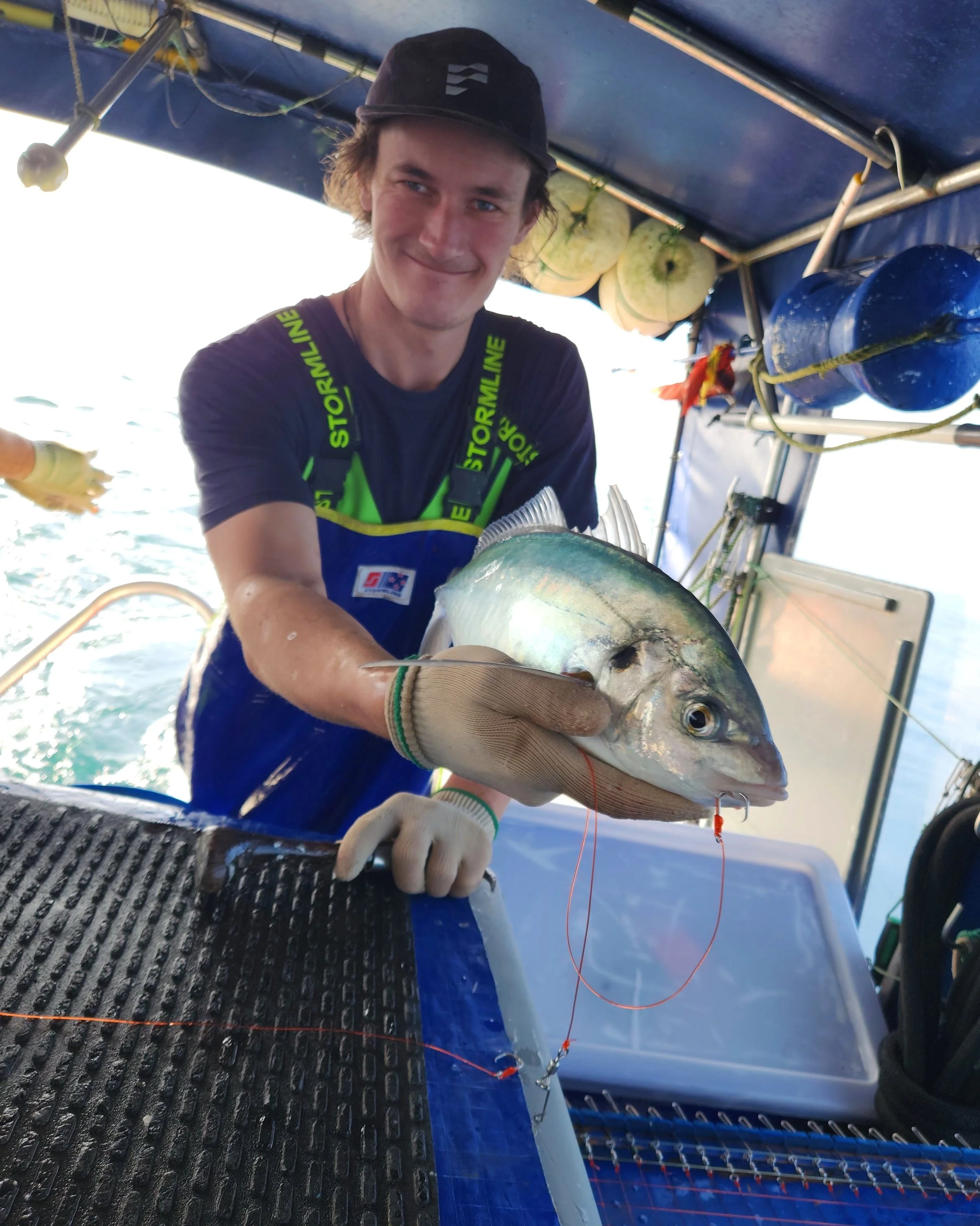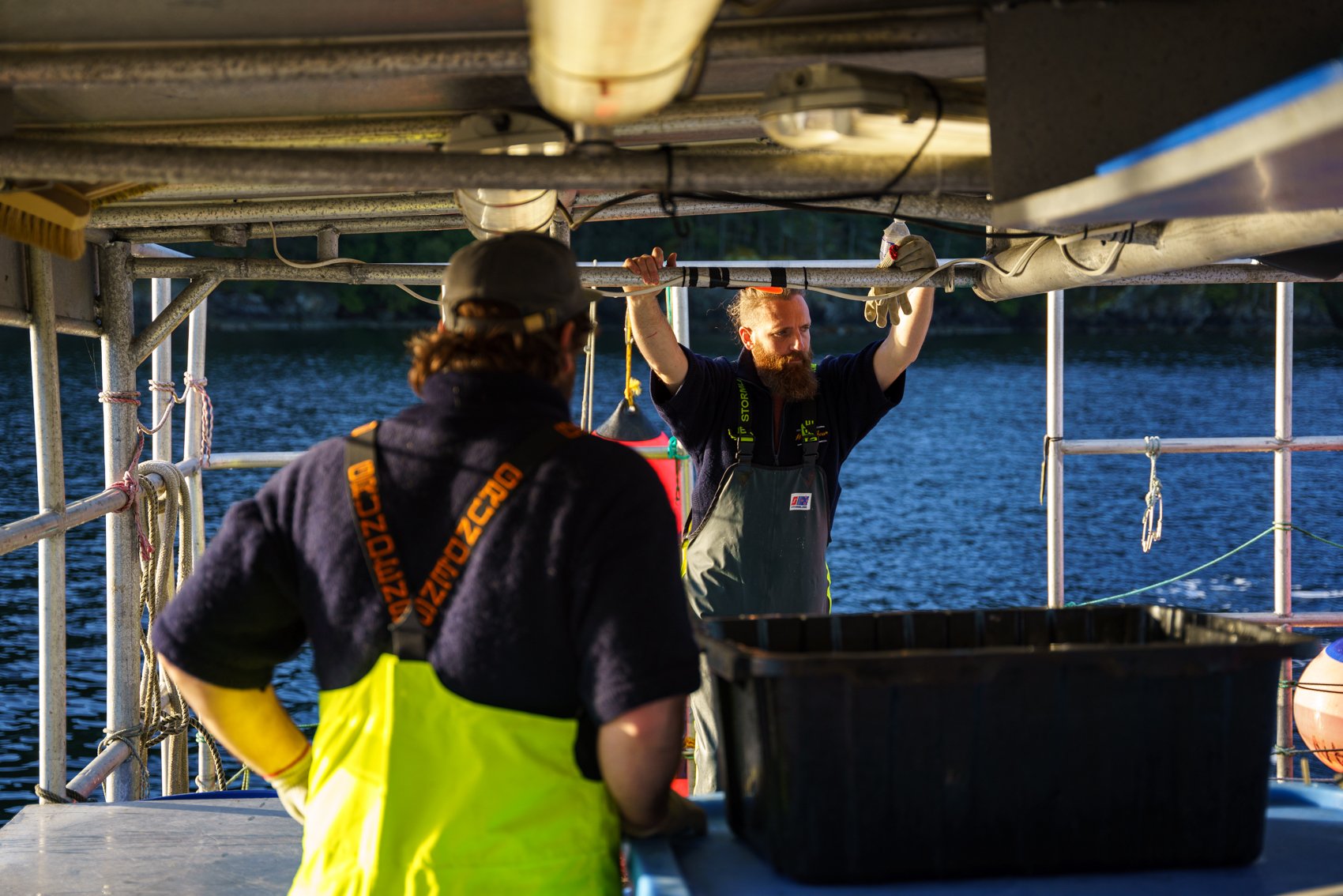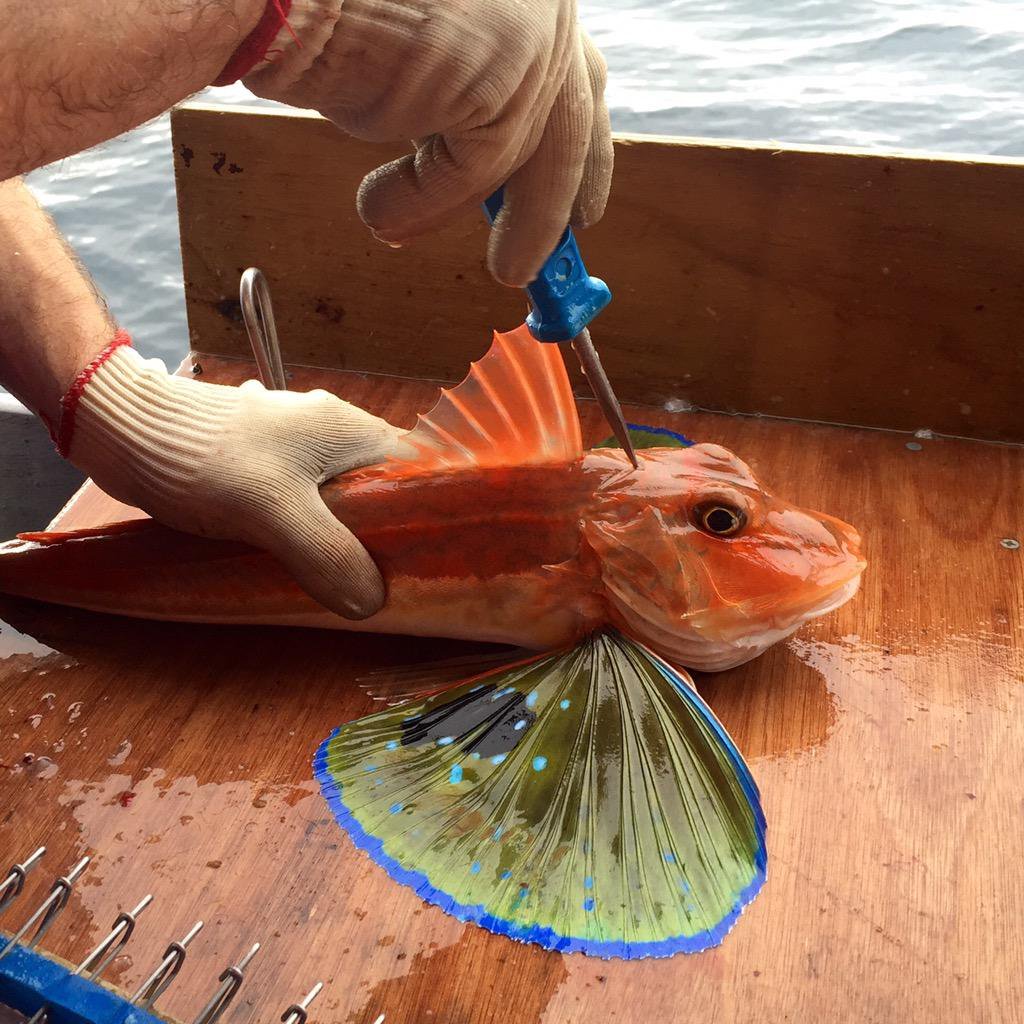
Specializing in the harvest, logistics and import of fresh seafood to Canada

Understanding Bycatch and its Impact on Sustainable Fishing Practices and Quotas
In the vast expanse of the ocean, where nets are cast and lines are dropped, a question often arises – what about bycatch? As fishermen set out to sea in pursuit of their target species, such as the prized Red Sea Bream or Monkfish, they're met with a reality of the ocean: it's not just one species that takes the bait.

Exploring Sustainable Fishing Methods
When it comes to harvesting seafood, there's a myriad of methods employed by fishermen around the world. Each technique comes with its own set of benefits and challenges, and at 46 South, we're committed to purchasing seafood that’s only been sourced with sustainable fishing methods to ensure the highest quality seafood and prioritize the health and sustainability of our oceans. Let's take a closer look at some of the fishing methods we employ and the species they target.

Committed to Sustainable Fishing Practices
In a world where our oceans face increasing threats from overfishing, pollution, and climate change, the importance of sustainable fishing practices cannot be overstated. As stewards of the sea, it's our responsibility to ensure that future generations can continue to enjoy the bounties of the ocean for years to come. That's why we're fully committed to supporting the best sustainable fishing practices in everything we do.

The Art of Ike Jime: Preserving Fish Freshness, Quality, and Ethical Fishing Practices
The Ike Jime harvest method is an ancient Japanese technique of killing and bleeding fish at the time of capture. Unlike traditional methods that involve catching fish and allowing them to die slowly over time, Ike Jime ensures instantaneous death by inserting a spike into the fish's brain as it is landed. This swift and humane process not only preserves the quality of the flesh but also reduces stress on the fish, resulting in ultra-clean and sashimi-grade product.

